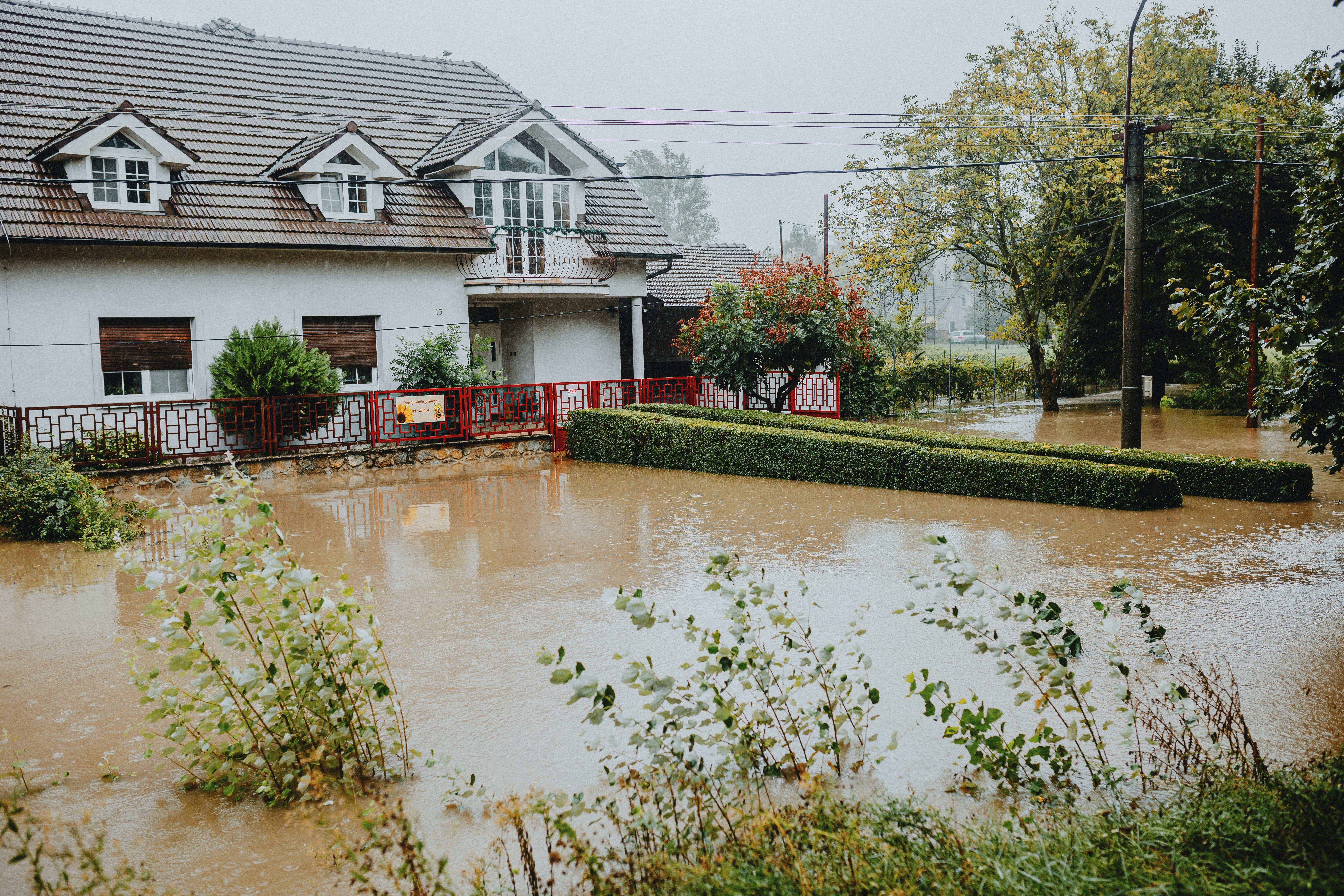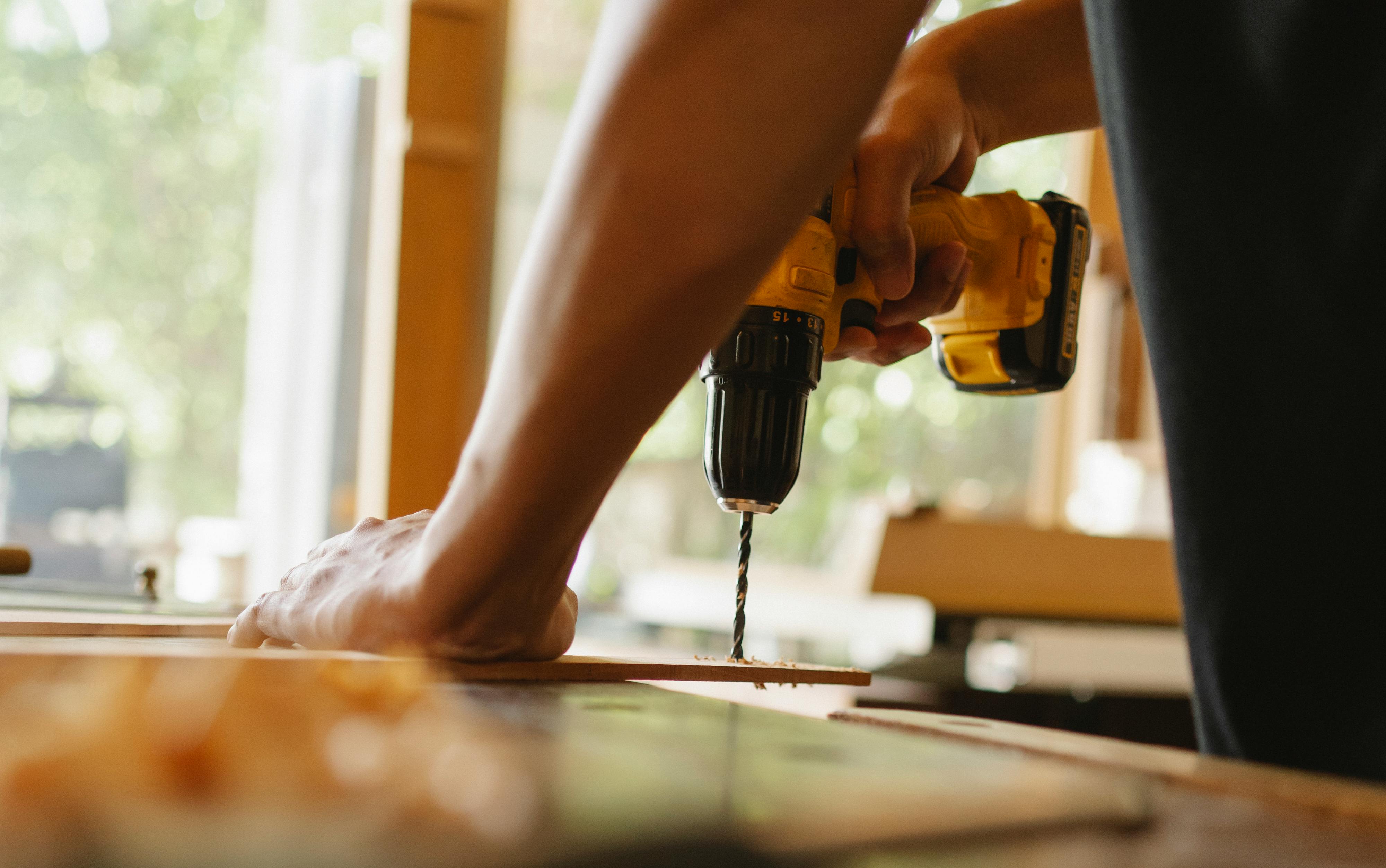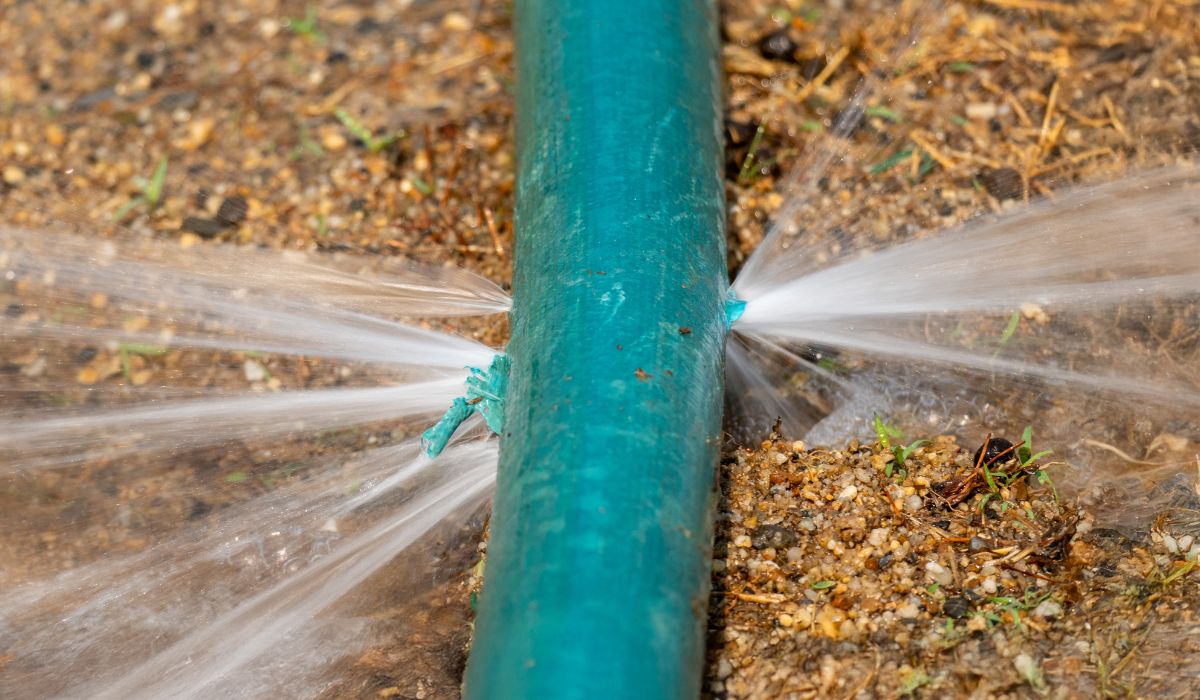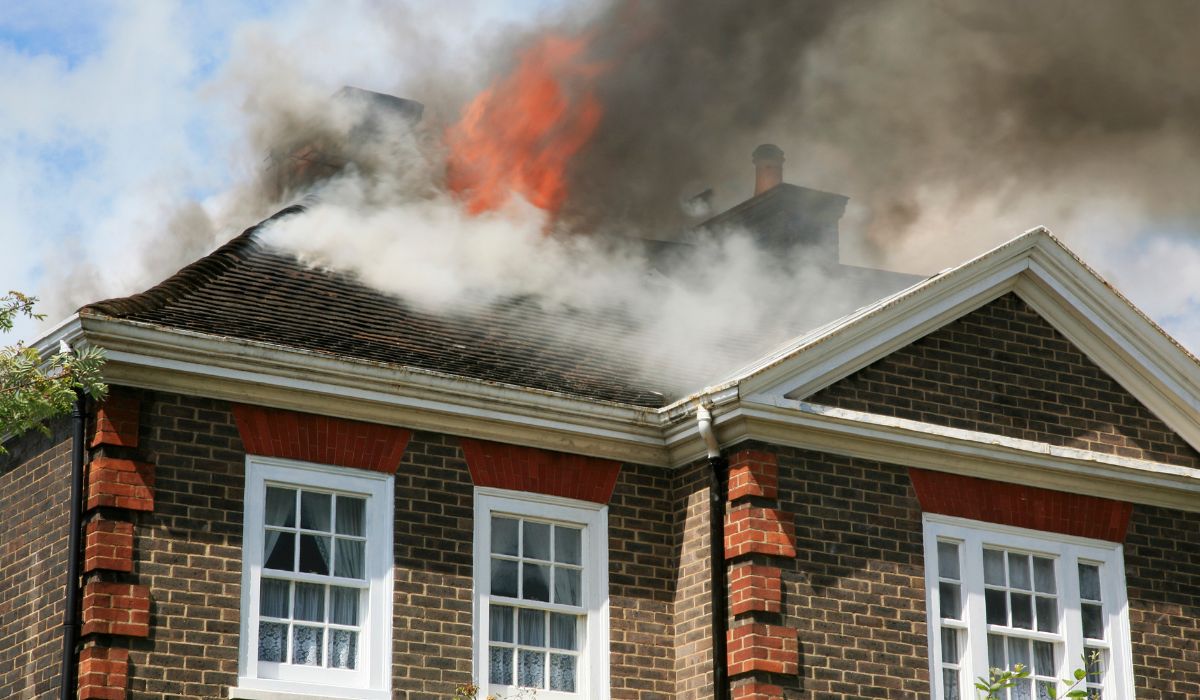How to Fix Water Damaged Wood: Easy Steps for Homeowners
When wood gets wet from a flood, leak, or spill, it can become damaged. You may notice stains, swelling, or mold. But don’t worry—you can fix water damaged wood with some basic tools and a little time. Whether it’s wood flooring, kitchen cabinets, or wood in your bathroom or basement, this guide will walk you through the steps to repair it.

What Causes Water Damage in Wood?
Water damage happens when wood soaks up too much moisture. This might be from a leak, a broken pipe, or even high humidity in your bathroom, kitchen, or basement. Here are common causes:
- Floods or heavy rain
- A leaking roof or pipe
- Spills or puddles that sit too long
- High humidity without good ventilation
- Wet carpet or drywall touching the wood
When wood stays wet, it can swell, turn black, grow mold or mildew, and even smell bad. It can happen to hardwood floors, furniture, wood veneer, or cabinets.
Signs of Water Damaged Wood
You may not notice water damage right away. Look for these signs:
- Dark or light stains
- Warping or bending
- Peeling varnish or wood stain
- Cracking or bubbling
- Mold or mildew growth
- Soft or spongy feel
- Musty smell
If you see any of these, don’t wait. Start drying and cleaning the wood right away.

Step 1: Dry the Wet Wood
The first thing to do is remove any liquid water and dry the wood.
Tools You Need:
- Towels
- Vacuum (wet/dry)
- Hair dryer
- Fan or dehumidifier
How to Do It:
- Soak up water with a towel.
- Use a vacuum to suck out extra moisture if needed.
- Blow warm air with a hair dryer or set up a fan.
- Place a dehumidifier nearby to lower humidity and speed up drying.
- Make sure there’s good airflow by opening windows or using ventilation fans.
Let it dry completely before moving to the next step. This may take several hours or a day.
Step 2: Remove Mold or Mildew
If you see black, green, or white spots, that could be mold. It must be cleaned before fixing the wood.
Safe Mold Removal:
- Wear gloves and a mask.
- Mix water with vinegar or a little bleach.
- Scrub the mold with a brush.
- Dry the area fully.
You may also call a mold remediation or water damage restoration team for large mold problems.
Step 3: Sand the Damaged Area
Once the wood is dry and clean, use sandpaper to smooth the surface.
Tools You Need:
- Fine or medium abrasive sandpaper
- Sanding tool or block
How to Sand:
- Rub sandpaper over the damaged spot until smooth.
- Sand with the grain of the wood.
- Wipe away dust with a damp towel.
This removes raised parts and prepares the surface for filler, stain, or sealant.
Step 4: Repair the Wood Surface
If the wood has cracks, holes, or soft spots, use wood filler or putty to fix it.
How to Use Wood Filler:
- Scoop filler with a tool or putty knife.
- Press it into the crack or hole.
- Let it dry completely.
- Sand again to smooth the surface.
For split wood, you can use wood glue and clamp it until it’s dry.
Step 5: Stain and Seal the Wood
After repairing, it’s time to restore the look of the wood using wood stain, oil, or varnish.
Products You Can Use:
- Wood stain to bring back color
- Oil to protect and shine the wood
- Varnish to seal and add gloss
- Waterproofing sealant for extra protection
How to Apply:
- Use a clean brush or cloth.
- Apply the stain or oil with even strokes.
- Let it dry and repeat if needed.
- Finish with a coat of sealant to protect from future water damage.
Step 6: Prevent Water Damage in the Future
Here’s how to keep your wood safe:
- Use a dehumidifier in damp areas like the basement or bathroom.
- Fix leaks right away.
- Use waterproofing products on wood surfaces.
- Don’t let spills sit—wipe them fast.
- Keep windows open or use ventilation fans to reduce humidity.
What About Home Insurance?
If your damage came from a flood, pipe burst, or accident, check your home insurance. It may cover water damage restoration or repairs. Call your provider and ask:
- Is water restoration included?
- Do I have flood insurance?
- What steps do I need to file a claim?
Can You Fix Water Damaged Hardwood Floors?
Yes! If your hardwood floor is swollen, buckling, or stained, follow the same steps above. Be careful with sanding too much—hardwood is thin and can be ruined if over-sanded. For big damage, talk to a restoration expert.
Can You Fix Wood Veneer?
Yes! Wood veneer is a thin layer of wood on top of cheaper wood. If it peels or bubbles, you can:
- Dry it with a hair dryer
- Press it flat and glue it down
- Sand gently and re-stain
Use small tools and go slowly to avoid damaging the thin layer.
Can You Fix Wood in the Kitchen or Bathroom?
Yes! Use a waterproof sealant on wood in wet places like:
- Kitchen cabinets
- Bathroom shelves
- Baseboards near carpet or drywall
Good airflow and sealing products are key to keeping wood safe in these areas.

FAQs
How do you fix water damage on wood?
Dry the wood with towels, fans, and a dehumidifier. Clean mold with vinegar or bleach. Sand, use wood filler, then stain and seal to protect it.
How do you fix water damaged hardwood floors?
Dry the floor fully. Use sandpaper to smooth swollen spots. Add wood filler for cracks. Stain and seal to protect the hardwood.
How do you repair water damaged wood furniture?
Dry it well, remove mold, sand rough spots, and use wood filler or glue. Finish by staining and sealing the wood to match the original look.
Can I use vinegar to clean mold off wood?
Yes! Mix vinegar with water to clean mold or mildew on wood. Use a brush and dry the spot after cleaning.
What tools do I need to fix water damaged wood?
You’ll need towels, a fan, a hair dryer, sandpaper, a brush, wood filler, wood stain, varnish, wood glue, and a dehumidifier.
Final Thoughts
Water damaged wood can seem like a big problem, but you can fix it! With tools like sandpaper, wood filler, a hair dryer, and a good sealant, you can restore your floor, cabinets, or furniture. Remember to act fast, dry everything completely, and always protect the wood from future moisture, humidity, and leaks.
For big problems, like mold, flood damage, or warped hardwood, you may need help from a water damage restoration or mold remediation company.
Keep your home safe by checking for signs of water problems often and using waterproofing where needed. Contact us today for more information.



